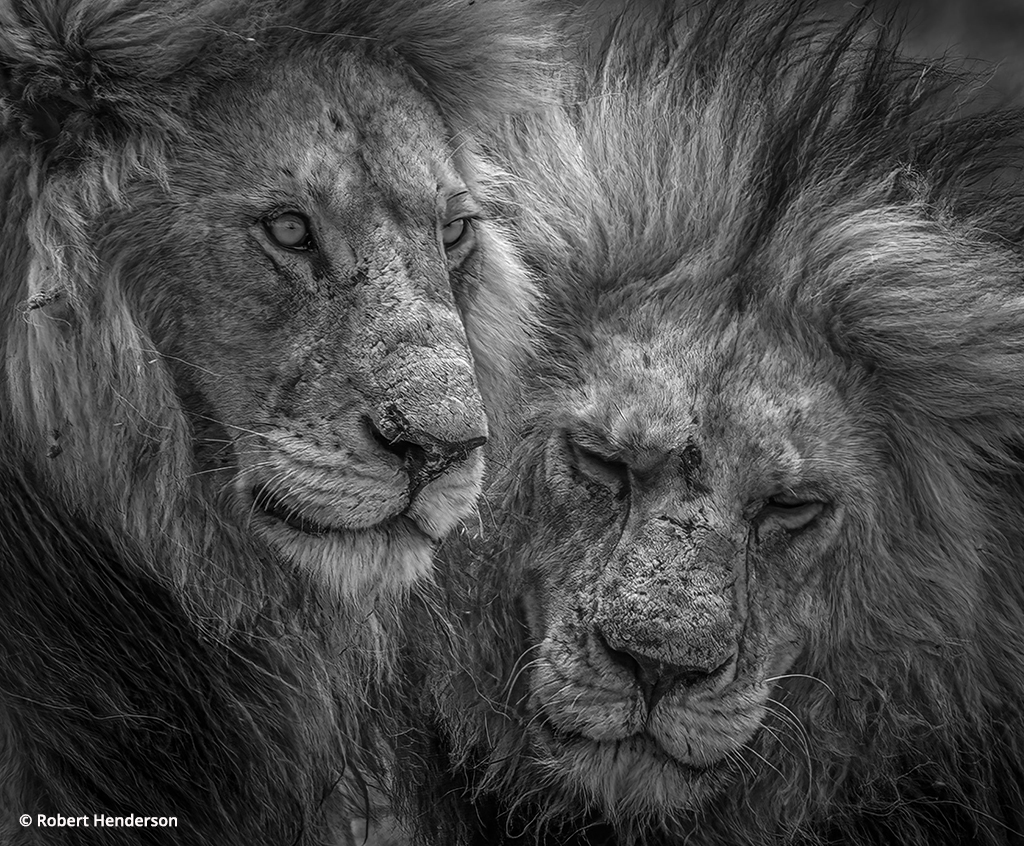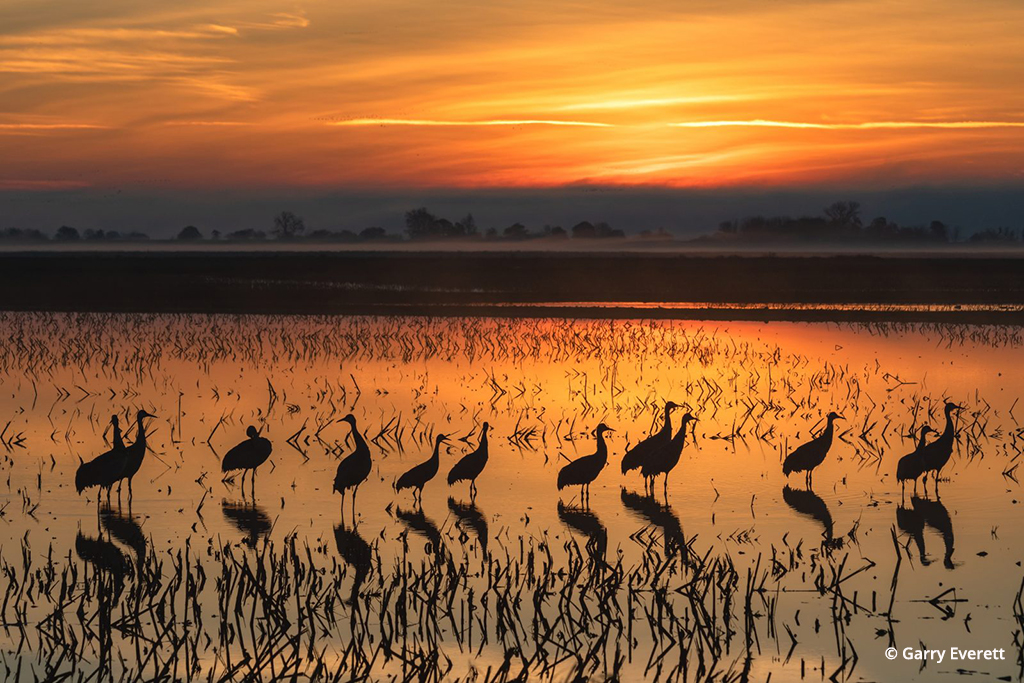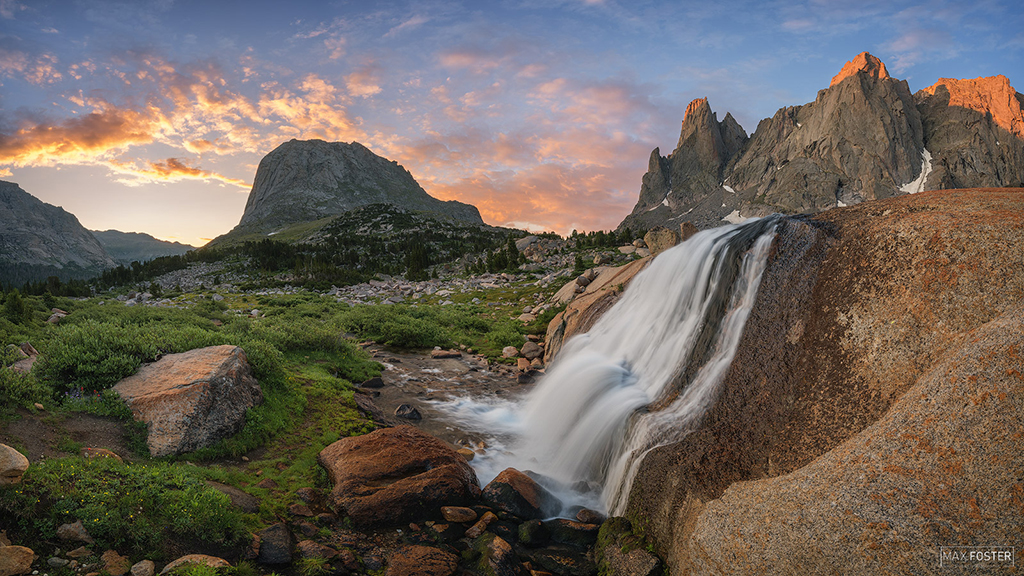Advertisement
Advertisement
Read Next

Photo Of The Day By Robert Henderson
Today’s Photo of the Day is...
Photo Of The Day By Garry Everett
Today’s Photo of the Day is...
Photo Of The Day By Max Foster
Today’s Photo of the Day is “The...
Photo Of The Day By Ross Stone
Today’s Photo of the Day is “Mobius...Advertisement


Au Natural
If you’ve shopped for higher-end, outdoor-performance clothing lately, you’ve probably noticed wool garments are making a comeback. We’re not talking about the old scratchy wool clothing that could chaff you like a Brillo® pad, shrunk in all the wrong places and matted like a cheap throw rug in the hallway. After being groomed for the past couple decades on the merits of nylon shells, fleece and polypropylene base layers, outdoor enthusiasts have rediscovered wool—modern wool, that is. These newer natural fabrics have become civilized and rival exotic synthetic apparel for warmth, weather-shedding and breathability.
So why wool when we have a countless number of fabrics that all seem to do the job? In certain situations, quality wools like merino, alpaca and cashmere are better than many synthetics when insulation, breathability and wicking perspiration are factored together.
A Short Course On Wool Basics
The type of wool that sheep produce varies by breed. Merino wool from New Zealand and Australia has become the gold standard where softness and insulation is concerned because its individual fibers are very fine and supple, which almost completely eliminates itching. Alpacas, cousins to llamas, originate from Peru and produce a fleece wool that’s incredibly soft, is triple the durability of garden-variety wool and reduces friction, an application used in sock fabrics. Another fiber in the wool category is cashmere, which comes from mountain goats in Asia, and is known for its luxurious, supple loft.
Quality wools like these make excellent outdoor fabrics on several levels. Wool fibers work like molecular coil springs that retain elasticity. This molecular crimp lets wool fibers stretch up to 50 percent when wet and still bounce back to their original shape. The advantage is that wool’s flexibility makes it more durable and allows it to retain its insulating loft. A wool fiber can be crimped more than 20,000 times without breaking, compared to about 3,000 times for cotton. This natural elasticity also makes wool fabrics resistant to tearing.
Breathability and moisture management are another of wool’s fortes. Individual fibers have pores and take up moisture in vapor form. These semi-permeable fibers allow vapor to pass through to the heart of the fiber to wick away moisture from the body. Unlike many synthetics, wool can easily absorb up to 30 percent of its weight in moisture without feeling damp or clammy. Wool fibers also have naturally occurring lysine molecule chains. Lysine has a net positive charge, while water molecules have a net negative charge. Because of this dynamic, water is attracted to the wool’s lysine molecules, which moves moisture vapor away from the skin and out through the fabric before it condenses into liquid that can soak your body.
Another performance aspect of wool is its temperature regulation. When wool is worn close to the skin in warmer weather or in sweaty aerobic use, wool attracts and moves moisture away from the body, creating a moderate cooling effect. But the effect isn’t so rapid that you’ll get the chills. In cooler weather or in a post-exercise cool-down, the thousands of microscopic air pockets in wool fibers provide enough insulation to prevent the chilling effect that can come from too-fast evaporation.
A Sampling Of What’s Available
The Flatrock Half-Zip Sweater from Woolrich ($57) is made of 100-percent softened knit wool for exceptional warmth and durability. The half-zip front collar lined with soft fleece allows you to adjust the sweater to your comfort, zipping it up when the wind starts blowing or keeping it open for ventilation while on a rigorous hike. The straight, tubular hem rides comfortably to accommodate any outdoor activity.
The Victorinox Edge WindStopper® ($295) is a highly technical soft-shell jacket made with a 100-percent wool shell laminated to a WindStopper membrane, a Gore material that has a high warmth-to-weight ratio, is extremely breathable and completely windproof. Side panels using a synthetic stretch oxford create a garment that won’t constrict movement.
Inspired by the classic Austrian mountain guide sweaters, the Marmot Monashees Sweater ($120) is made for warmth and durability. A 85/15-percent merino wool/polyester blend, the sweater features a DriClime®-lined turtleneck collar and sleeve cuffs to wick away and help evaporate moisture.
Patented zone construction of the Dahlgren OXT ($14.50) socks places merino and alpaca wool in the toe for next-to-skin comfort and to help absorb moisture, while Wickspun™ acrylic moves moisture away from toe and heel zones.
With cashmere silk—a blend of cashmere wool from mountain goats and soft, strong silk—Kavu’s Racer Pullover ($79) sweaters are crafted with a fabric combining two of nature’s finest garment fibers. It works as a base layer or can be worn as a second layer.
The Ibex Breakaway Jacket ($178) is a technical wool, soft-shell design that’s ultra-breathable and fends off snow and moderate drizzle. On the front, it uses Climawool™ Lite—a Cordura®/Lycra® exterior shell offers exceptional durability and weather-resistance—over an insulating merino wool interior.
Superfine yarns of merino wool make the Horny Toad Bowie Sweater ($100) luxuriously comfortable and pliant. The non-bulky pullover sweater is designed with a one-third zip mock neck and elastic cuffs.
SmartWool’s Versa-Wear ($60 to $80) collection of short- and long-sleeved tops are versatile enough to wear as stand-alone pieces or as layering apparel for any activity. The tops are made of 100-percent superfine merino wool that’s extremely soft to the touch and has premium insulation value for its weight.
The Arc’Teryx Diplomat ST ($299) is a “lifestyle” jacket that’s perfect for around-town duty. With a unique blend of wool, fleece and breathable/windproof Gore WindStopper fabrics, it offers remarkable performance needed for technical use in cold, stormy conditions. The jacket features a hidden chest pocket, two hand pockets and high-cut neck with a full-front zipper.
A good match for foot protection in low temperatures is the Thorlos® Backpacker ($16) sock. This rugged sock features higher padding along the heel and lace-pad to protect against friction from hiking boots, and a Y pocket around the heel to hold the sock in place. The high-density, hollow-core, polyester/acrylic/wool blend used in the pads is an extremely bulky, durable yarn that adds shock absorption.
www.arcteryx.com
www.dahlgrenfootwear.com
www.hornytoad.com
www.ibexwear.com
www.kavu.com
www.marmot.com
www.smartwool.com
www.thorlo.com
www.swissarmy.com
www.woolrich.com